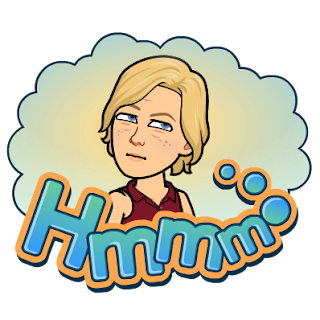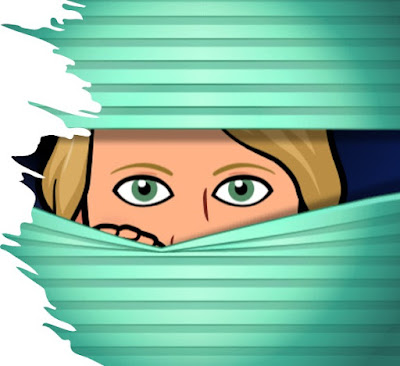Intersectionality
I thought I’d posted on this subject before, but couldn’t find anything, so here goes! Thank you to Jo, WLN, Elyssa for the Feminist conversations that got the ink flowing today. Ellyssa's presentation really made me think about how unsafe we can be when oppression isn't questioned.
Two conversations in particular initially prompted my reflection on this subject… The first is a known celebrity stating that homophobia is worse than any other characteristic oppression. The second, an anti-racist making an argument against racism in an ableist way. Both left me pondering the reasons for my discomfort.
 |
Oppression, as I read it, is rarely not intersectional! The idea of being caught between two roads isn’t enough for me, some of us are spinning on a veritable roundabout. I committed years back to making the learning space as safe as I possibly could, to do this I had to understand that all forms of discrimination are despicable, and therefore need addressing with an equitable amount of energy. The question I think we cannot answer is which bad intent is worse. By definition, it’s the perpetrators’ bias or prejudice that fuels hate – speech or behaviour. If I’m smacked in the head, whether it’s sexism or ableism, the harm is painful. Whether people know they are being ableist or sexist is also a moot point. I’m not keen to stick around to find out. I think we can say that those who face several types of aggressions daily, some ableist and some sexist, sit in the middle of two streams of oppression. A disabled woman will be far more likely to experience more than those facing sexism alone, and black disabled women far more again. Likelihood is not certainty, but the maths seems reasonable. The cumulative nature of oppression is critically important here. I’d seek to interrupt any aggression and would strive to incorporate this acknowledgement in my practice because multiple identities are more likely across populations. The disabled population is diverse, some people identify others don’t, with these individuals also facing racism, classism, homophobia, religious intolerance, ageism…. Greater diversity within means possibly more subtle categories within categories [none sub-categories and equally important]. What I’m trying to get at is a notion of compounding and interrelated aggression, these increasingly well evidenced by testimony and hate crime statistics. This evidence needs to inform my practice, to respect and keep any chosen combination of identity safe in the room. I do this by adding and interchanging different characteristics to examples.. black women, gay friends, and senior working-class colleagues for example. The inference may appear subtle, but I’m being thanked, so the intent is noted by those who want it recognised.
Imposing a hierarchy is dangerous, therefore using the same list repeatedly in the same order, will solidify a hierarchy even unintentionally. Statements such as: “we will get to ableism eventually”, don’t help either. At worse those who identify feel marginalised to the point of exclusion, and disabled people facing racism, sexism, homophobia, or discrimination based on religious and family choice 'erased’ in conversation altogether.
I’m getting to point two. Where lists exist by factor of having to write in sequence, the idea of continuums, and false dichotomies, are somewhat pushed upon us. Black or not, gay or not, old or not… [et j’en passe]. Very easily identifiable in the disability literature emerging from other studies is a lack of acknowledgement that disabled people too face classism, ageism, homophobia… where lists may belong in the introduction, anti-ableism is quasi absent in the analysis and the discussion. This becomes a significant issue when arguments employed to articulate the safety of one group is relies on how able, normal, or intelligent they are. Using ableism in wording, ideology, theory and bad synthesis, is likely to compound issues and alienate individuals. See growing literature on homophobia and racism in feminist spaces. I am not alone in resenting the but x or y is normal, unlike disabled people [who are not I presume?].
On reflection, I think I failed in my thesis to express my intersectional intent correctly – certainly within the scope of effort. While I was aiming to express the disabled population as diverse, I tried to speak from the roundabout, without being able to address each protected characteristic in the analysis. While I clearly stated that the disabled population was as diverse as any other, I couldn’t ensure I’d read enough critical literature relating to each strand under the Act even. Therefore covering all angles, at least 9 roads - that’s 81 in-betweens, was Impossible given mole-hours. I endeavoured to incorporate critical race and critical gender, but my fluency on other groups was lacking at the time - I have sought to remedy this as time permits. As I advise my students, define what you can do rather than expand on what you could do. My angle could have been better defined between race, gender or/and disability, a unique perspective among many others. From this angle, similarities and differences are numerous enough, so exploring one defined field is an acknowledgement of those beyond within a far richer landscape. Each group, again, a richer population within shifting patterns of culture in the field.


